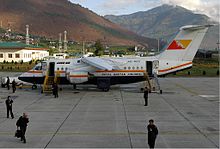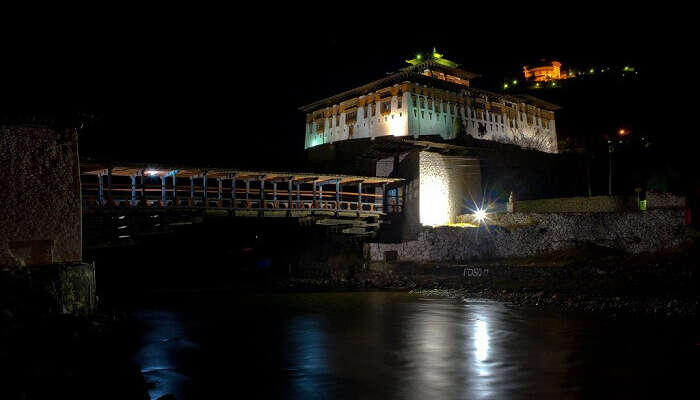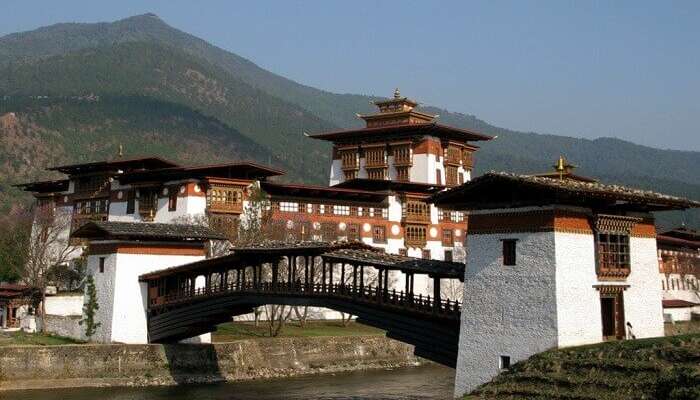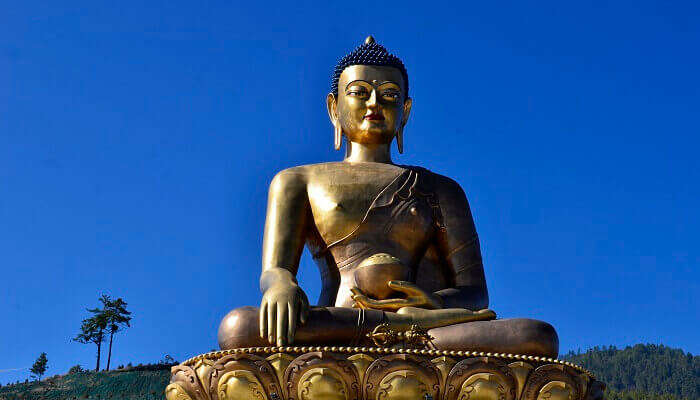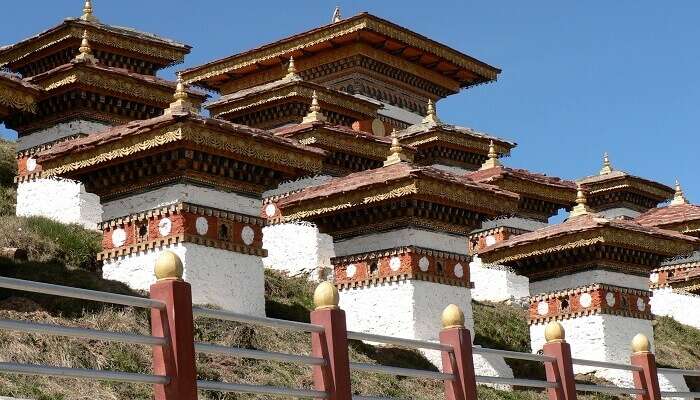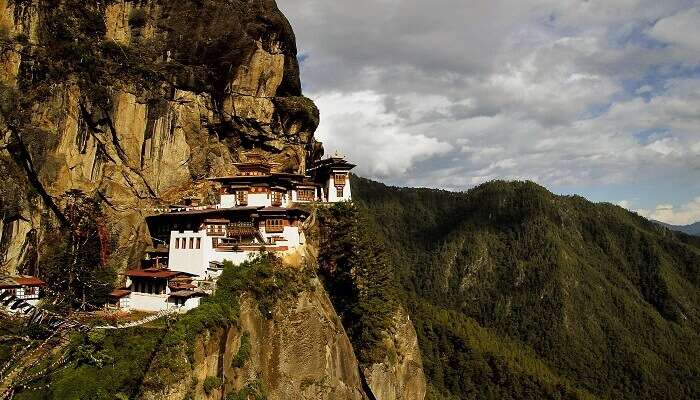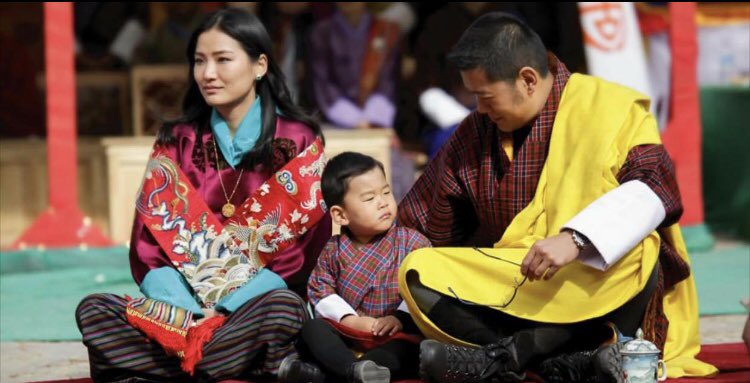Bhutan Airlines
Tashi Air Pvt. Ltd, trading as Bhutan Airlines, is Bhutan's first private airline.The airline resumed services on 10 October 2013, beginning its first international flights to India and Thailand.The airline served the cities of Jakar and Trashigang in Bhutan from their commencement until June 2012, suspending them due to increasing financial losses; however, following an agreement with the Bhutan government, the airline has resumed a full schedule of flights including Kolkata to Paro, Bhutan.
History
The airline, then known as Tashi Air, was launched on 4 December 2011.The airline is a subsidiary of the Tashi Group. The airline began regular scheduled flights to Bathpalathang and Yonphula on 18 December 2011.After only six months of operation, however, the airline asked the Bhutanese Government for permission to suspend domestic flights.
The airline resumed services on 10 October 2013 as Bhutan Airlines, having secured the wet lease of a single Airbus A320 aircraft from a Lithuanian-based company. Flights to Kolkata and continuing on to Bangkok were offered initially. The airline was required to resume domestic flights by October 2014, per an agreement with the Government of Bhutan. Following the completion of its wet lease contract, Tashi Air acquired an Airbus A319 aircraft with a seating capacity of 122 passengers on 1 May 2014. It received a second Airbus A319 on 30 July 2014.

Druk Air
Drukair Corporation Limited operating as Drukair — Royal Bhutan Airlines, is the flag carrier of the Kingdom of Bhutan,headquartered in the western dzongkhag of Paro.
Founded in 1981, ten years after Druk Gyalpo Jigme Dorji Wangchuck gradually began to open up the kingdom from self-imposed isolation, and seven years after welcoming its first foreign visitors, the airline commenced operations in 1983 with flights from Kolkata to Paro utilising Dornier Do 228 aircraft. A switch to BAe 146-100 equipment occurred in November 1988, and in order to meet increased demand, those aircraft were replaced in 2004 with two Airbus A319s.
Drukair operates a modest scheduled flight network within the South Asian and Southeast Asian region from its base at Paro Airport and currently serves twelve destinations in six countries.
History
In 1968, the Indian Border Roads Organisation built an airstrip in the Paro valley, which was initially utilised for on call helicopter operations by the Indian Armed Forces for the Royal Government of Bhutan. After consideration by King Jigme Singye Wangchuck and the Tshogdu, Drukair was established by Royal Charter on 5 April 1981, ten years after the Druk Gyalpo, King Jigme Dorji Wangchuck gradually began to open up the Kingdom from self-imposed isolation, and seven years after welcoming its first foreign visitors.
Paro Airport is located deep in a valley 2,235 metres (7,333 ft) above sea level, and is surrounded by mountains as high as 4,900 metres (16,100 ft).At the time, the runway was 1,200 metres (3,900 ft) in length, giving the Bhutanese government specific requirements for a choice of aircraft to be operated. They required an 18–20 seat STOL-capable aircraft with operating capabilities which included a high service ceiling, high rate of climb and high manoeuvrability. The major requirement for the aircraft was that it must be capable of flying Kolkata – Paro – Kolkata, a 1,200 kilometres (750 mi) round-trip flight, without refuelling, due to minimal infrastructure being available at Paro for this purpose. Three different aircraft types were considered after flight tests in India and Bhutan between 1978 and 1980; however, none was deemed suitable.
In mid-1981, the Indian government set up a committee to study its own requirements for a light transport aircraft. Based upon this competition, the Bhutanese government ordered one Dornier 228-200 for delivery in January 1983, with the option for a second aircraft for delivery in late 1983. The first 18-seat Dornier 228-200 landed at Paro Airport on 14 January 1983, the exact time of landing, the number of passengers on board and even the direction the aircraft was parked on the airport apron being predetermined by the high lama of Paro Dzong.
The airline inaugurated scheduled revenue flights on 11 February 1983, with Flight 101 departing Paro for Kolkata and returning the next day as Flight 102. For the first four weeks the flight was operated three times a week, after which it was increased to a daily flight.At the time of service commencement, Paro Airport consisted of the runway, a two-room air traffic control building (with the ground floor acting as the check-in counter) and a departure lounge on the lawn.Prior to the establishment of the Department of Civil Aviation in January 1986, the airline was responsible for the operation and maintenance of airport infrastructure.The airline commenced flights to Dhaka in Bangladesh on 30 October 1986.
